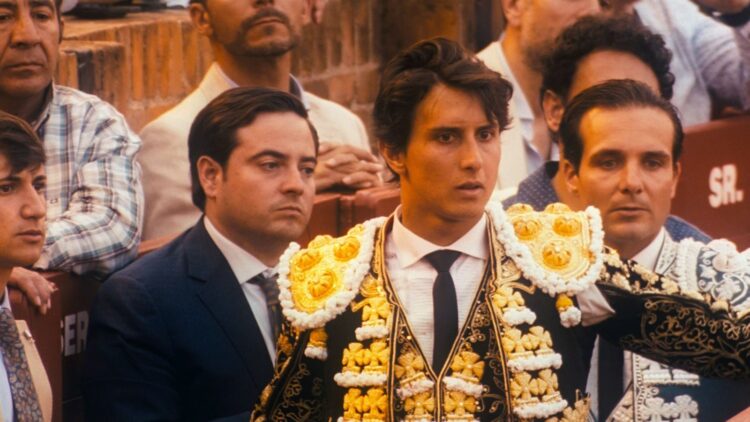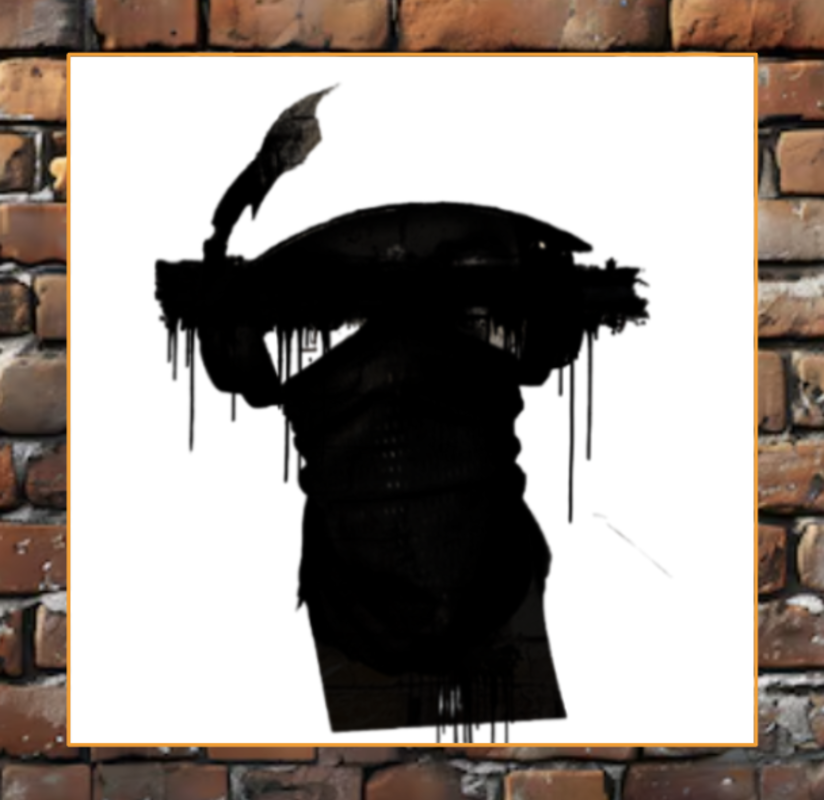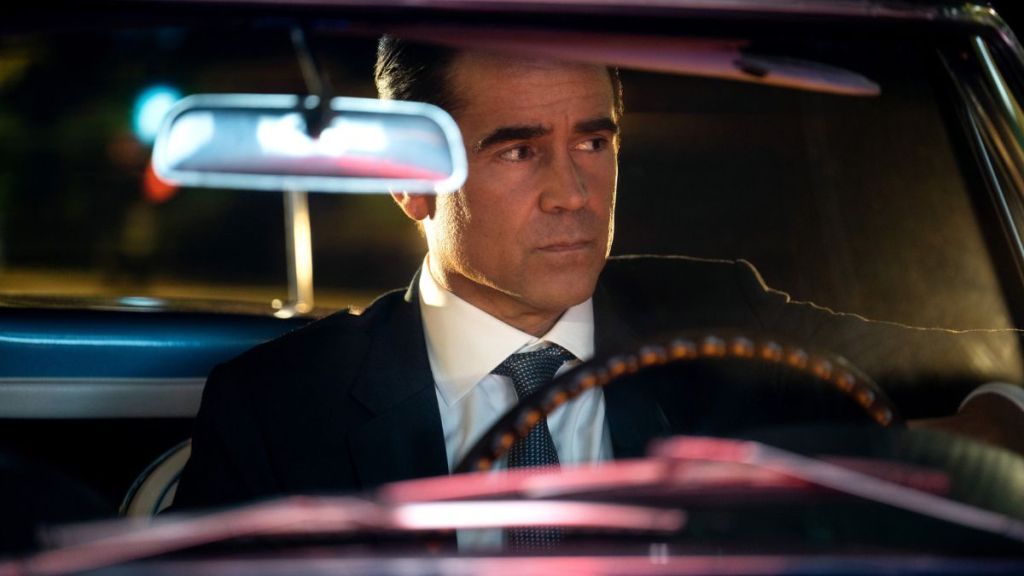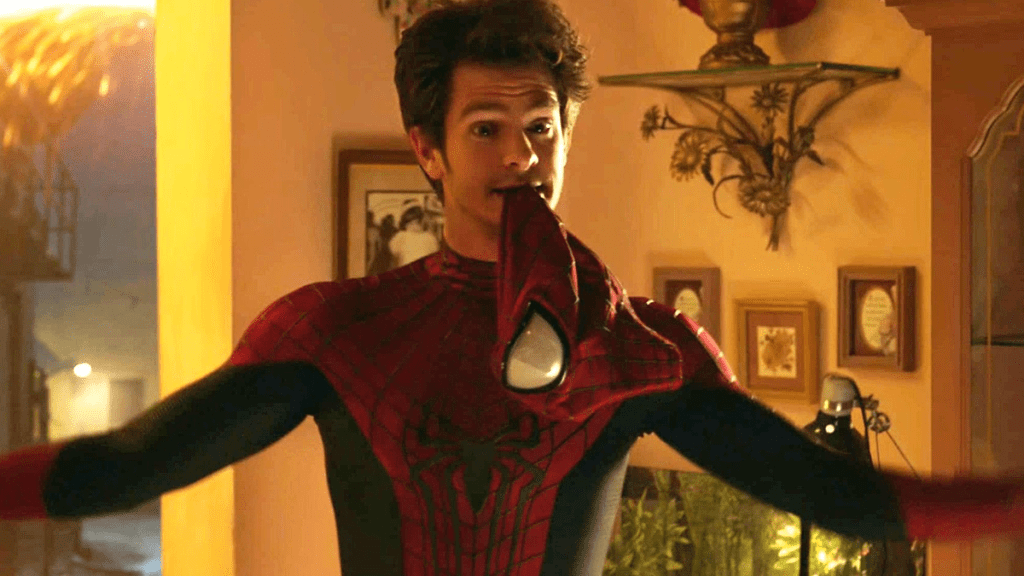When J. Hoberman placed game 6 of the 1986 World Series on his Village Voice year-end list, we had one of the first, most convincing attempts to enshrine live sports as cinema. And while a game can carry the compressed rise and fall, and dramatis personae, of a great narrative, you can further hone in on visual grammar: a televised match is also a spectacle of live editing––close-ups and masters seamlessly stitched together, rules of offscreen space and eyeline-matching also respected.
To make a UK-centric reference: Albert Serra’s new film Afternoons of Solitude is more akin to two hours of Sky Sports than you’d expect from the guy who once made Story of My Death. Following the rules, if not the spirit, of ever-festival-fashionable observational and direct cinema, we spend most of its runtime in long takes observing Spanish bullfighting rings, our eyes focused on Andrés Roca Rey, a Peruvian “exemplar” of the sport engaged in utmost, ritualized savagery. We’re very sensitized to the constructed and artificial nature of documentary now, but Serra’s prime achievement here is to achieve an objectivity of perspective. Commanded by DP Arthur Tort, it’s not a leering camera, and the editing patterns don’t cut to close-ups coercing us into disapproval, to achieve a a rapport where we can agree “this is awful, isn’t it.” It suggests an anthropological record of a pastime deserving our deference and grudging respect, yet equally an indictment of something barbaric and finally absurd. Roca, shown in power stance with his eyes focused and vulnerable like the poor bull’s, seems both hero and villain of the piece, but those categories also fail to apply here. Framed sculpturally and monumentally, as a body in cinematic space, he merely is.
In short sequences bookending bouts in the ring, Serra also happily retains the ensemble staging through which he put together group dialogue in Pacifiction and The Death of Louis XIV (although only shooting on one camera this time), as Roca is taken in a secure SUV with good suspension to the rings, alongside his entourage of managers and match-day assistants. With his composed visage and relaxed, pretty eyes, he resembles a gangster, or a renegade young aristocrat from a Visconti film, and the passengers’ ensuing small talk is banal and revealing: Roca is assured he’s great, indestructible, and divinely blessed (an important motif in the film), indulged like a needy infant.
Shot over several years following the pandemic’s conclusion, Serra asserts a structure alternating these short moments of downtime and repose with extended passages in the ring, whose ochre-colored sand scorches your eyes like a look at the sun after he sharply cuts from interiors. The film becomes repetitive, but hypnotically so, tracing the subduing of the bull, where Roca taunts it, tires it out, before his decisive kill stroke with a sword in the hide. The unsimulated violence and physical risk to both parties is bracing, yet there’s never any vicarious enjoyment gained, helped by excluding reverse angles of the paying, enthusiastic crowd. The typical insert shots of live sport, captured from distance on a long lens, are our primary perspective, and Serra makes it feel like a claustrophobic prison where we witness a man nurturing and degrading himself to discover his inner beastliness, replaying a contest of the “survival of the fittest” that allowed homo sapiens to become the dominant and civilizing species.
In the interest of reservation: this isn’t Serra’s most intellectually interesting film, making it less fulfilling than his others, though it achieves the most directness of intention and rhetorical clarity of his work so far, continuing from Pacifiction in displaying how naturally his method and interests fit depicting the modern world (his upcoming US-Russia diplomatic investigation Out of this World also whets the appetite for such). The discourse and ideas he’s typically concerned with aren’t the focus here: pure immersion, previously more associated with his gallery-space installations, is the target, achieving it like he were the bull himself, instinctively enchanted by the matador’s scarlet cloth.
Afternoons of Solitude premiered at San Sebastian Film Festival and plays at New York Film Festival.
The post NYFF Review: Afternoons of Solitude is a Hypnotic Take on Bullfighting from Albert Serra first appeared on The Film Stage.






























